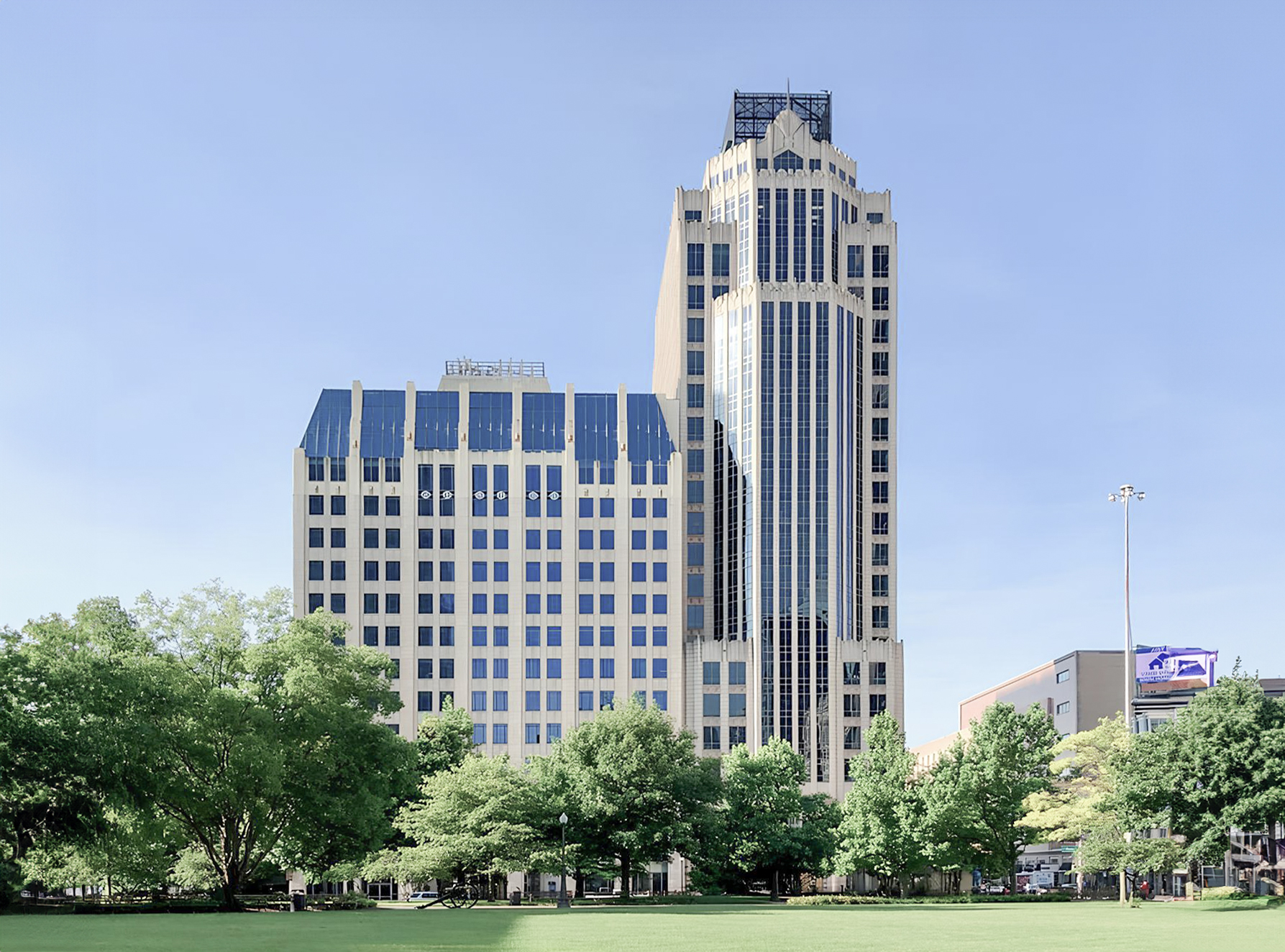The Fifth Third Center is a Postmodernist skyscraper designed by Miller & Reeves, and built in 1998 in Columbus, OH.
Its precise street address is 21 East State Street, Columbus, OH. You can also find it on the map here.
The building was added as an extension to the Beggs Building, an Art Deco high-rise originally constructed in 1928. The Fifth Third Center was constructed on the adjacent lot in a complementary design and the two buildings were joined to form a single structure.
The building underwent a major restoration between 2020 and 2023. The architect commissioned to undertake this restoration was NBBJ .

